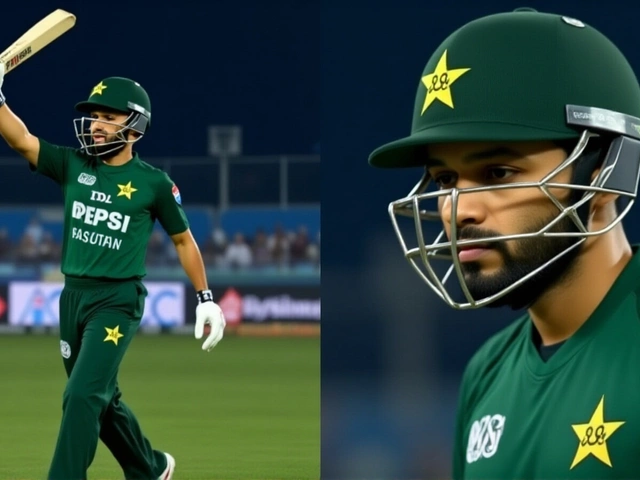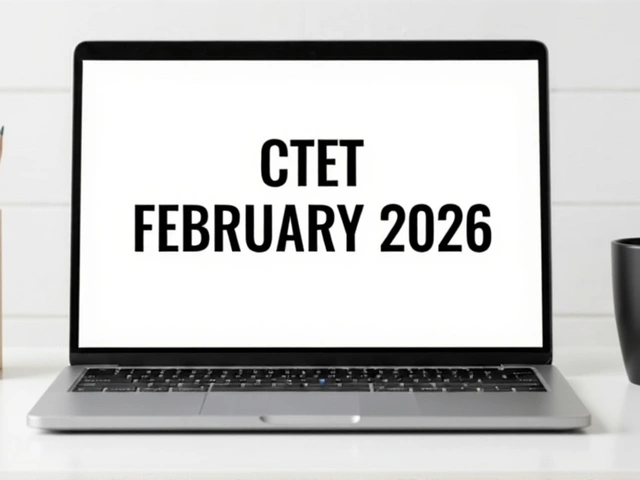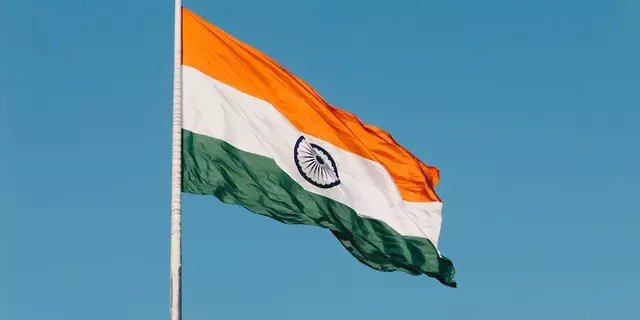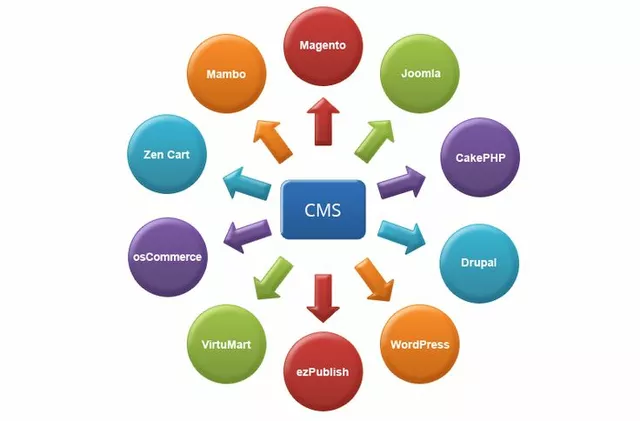Cultural Identity: How Indians Keep Culture Alive at Home and Abroad
Cultural identity is the stuff you carry with you without thinking: food, language, festivals, the way you talk about news and family. It matters when you pick a neighborhood, choose a school, or decide whether to stay in India or move abroad. On this tag page you’ll find honest takes on how media, migration, food and daily life shape what being Indian feels like.
Why pay attention to cultural identity? Because it affects everyday choices. Want a home near a temple, a market that sells spices, or a community where kids learn Hindi? Those are cultural choices. Moving to a new country brings practical questions: how will you find Indian groceries, where will your kids make friends, and which local news outlets will help you understand life abroad without stereotyping India?
How media and stories shape identity
News and entertainment are a big part of cultural identity. When media focuses only on politics or scandals, it squeezes out other parts of culture—food, neighborhood life, family stories. That skews how people see India, and it changes how Indians abroad explain their roots. Read pieces about media focus, celebrity stories, or big national moments to see how coverage influences pride, shame, or silence about parts of our culture.
Media also helps diasporas stay connected. A trusted news source, films, or community blogs can keep you up to date on festivals, migration rules, or local events back home. But be picky: pick outlets that cover the topics you care about, not just the loudest headlines.
Practical tips for families, renters and newcomers
Choose where you live with culture in mind. If being close to an Indian grocery store or a place of worship matters, look for neighborhoods with those features. When house hunting, ask about nearby community centers, weekend markets, and schools that support bilingual education.
Keep traditions simple and social. Invite neighbors over for a festival meal, start a small WhatsApp group for new arrivals, or host a movie night with classic films. These low-effort moves keep kids connected to language and food without creating extra stress.
Pick schools and activities that balance both worlds. Private schools often promise better facilities, but they can be pricey. Local community classes for dance, music or language are cheaper and boost cultural confidence. Encourage kids to help in the kitchen—cooking teaches language, measurements, and stories in one go.
Finally, be curious about local perceptions. Ask how the local media portrays immigrants and India. If reporting is biased, join or start conversations with local groups to add nuance. Cultural identity is lived, not fixed—small daily choices keep it healthy.
Explore the posts under this tag to read real stories about media bias, life abroad, food, education, and how Indians are shaping identity in modern life.
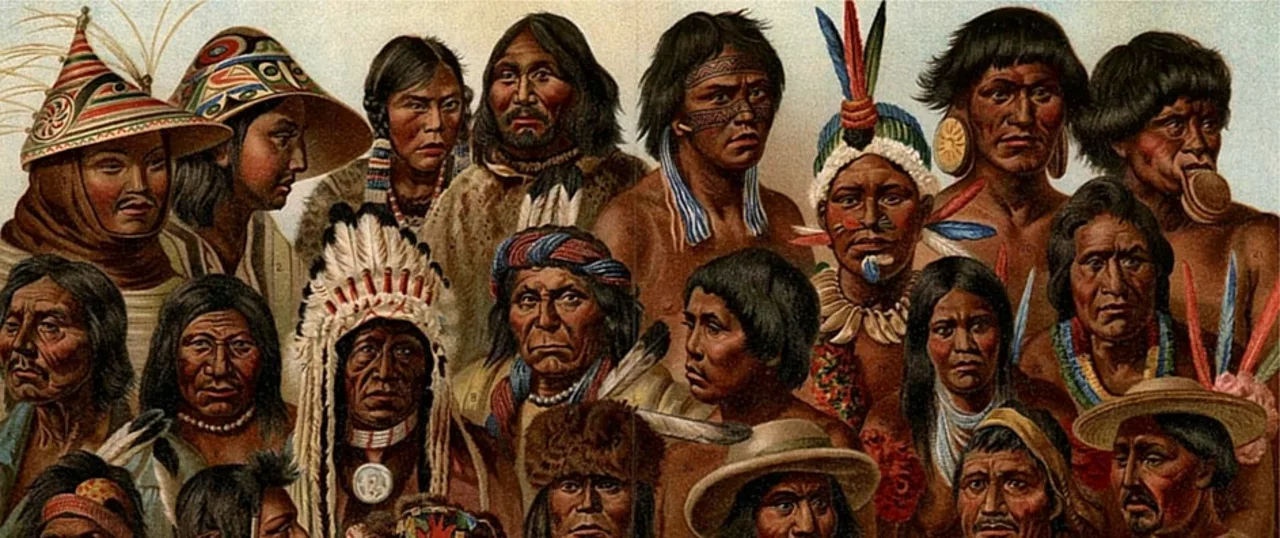
What do American Indians today look like?
American Indians today are a diverse group of people with a range of physical appearances. From traditional tribal dress to modern business attire, the modern-day Indian looks like a variety of different peoples, depending on their tribe. They have a broad range of physical features, including straight black hair, dark eyes, and high cheekbones, that often reflect their ancestral home. Additionally, the way they dress can be a mix of traditional and modern, often with vibrant colors and embroidery. All in all, American Indians today are a fascinating mix of cultures and backgrounds, with a wide range of physical appearances.
Native American Culture
